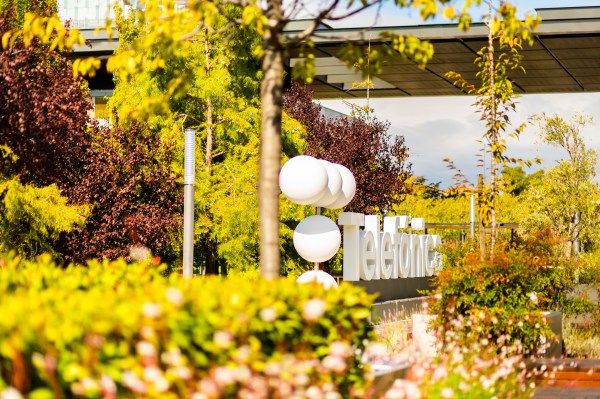Over 80% of people live in cities, the great majority are permanently connected via mobile phone and want to enjoy green spaces, avoid traffic jams, recycle with the minimum fuss and know what is going on in their cities in real time in order to be able to make the best decisions. Over the last 2 years, Telefónica has been working on the design of a global smart cities model for all the markets in which we operate. We believe that all cities should be smart!
In today’s world, ICTs play a key role in increasing efficiency and productivity, helping to reduce energy consumption, CO2 emissions or the consumption of paper, among others. In short, smart cities are models which make it possible to improve the competitiveness of territories, improving the quality of life and attracting new investments. The creation of these new urban ecosystems requires the participation of a large number of very diverse actors: the public administration and companies, universities, institutes and hospitals. Telefónica’s model to construct a smart city project rests on 3 fundamental pillars: having a global vision of the city, creating an environment of open and collaborative participation, and managing the urban space in real time.
A PALPABLE REALITY
One of the most important examples of a smart city is Santander. First of all, its vision is to improve public services, making them more efficient (mobility, energy, environment, open government, security and communication) and attract new investments (the Smart Santander infrastructure is made available to technology developers).
Secondly, it is a project led by Santander City Council and the University of Cantabria, with the participation of Telefónica, other universities and cities, the majority of them European, and other companies in the private sector.
And, thirdly, this project poses two fundamental technological challenges in order to be able to manage the city in real time, which other cities in the world could take advantage of: the large quantity of sensors, actuators and devices (20,000), which are heterogeneous, i.e. they measure very different things and must communicate and interoperate with each other. It is a complex project which is achieving great results and considerable recognition.
In the case of Malaga, the city project focuses on energy, improving both its production (renewable energies) and consumption (smart metering, lighting and automation). One of the lines on which Telefónica is participating, together with Mitsubishi, is the electric vehicle, an area which is arousing great interest around the world due to the improvements that can be obtained in mobility or the environment and therefore in productivity.
SMART SERVICES
Telefónica’s proposal encompasses the great diversity of smart services in mobility (fleet management, electric vehicles, etc.), the economy (tourism and commerce), open government (open data, transparency portal, eAdministration, etc.), quality of life (tele-assistance, security, emergencies), the environment (air quality, waste management, etc.), energy (lighting, buildings) and communications (devices, sensors, interoperability of systems and information processing).
It therefore consists of a great diversity of services under an open collaboration and participation model in order to attend to the specific characteristics of each territory.
Leadership, communication and awareness are vital in a process of change like this, and therefore lines such as the creation of the Smart Cities Network, which will be led by the Spanish Federation of Municipalities and Provinces (FEMP), the events and fairs that have been taking place in recent months as forums for participation and the exchange of experiences, or the publication of reports are important, and therefore Telefónica is also participating in these.
Click here to see the report entitled “Smart Cities, el primer paso al Internet de las cosas” (“Smart Cities, the first step towards the internet of things”), written by the R&D teams with the collaboration of Fundación Telefónica.














